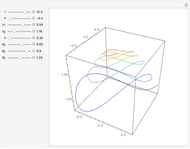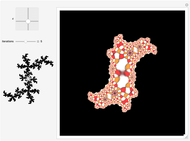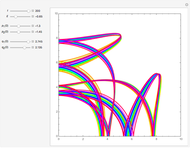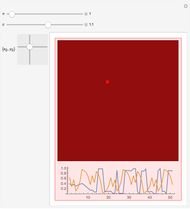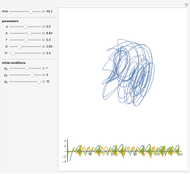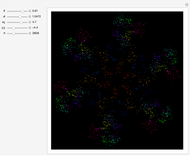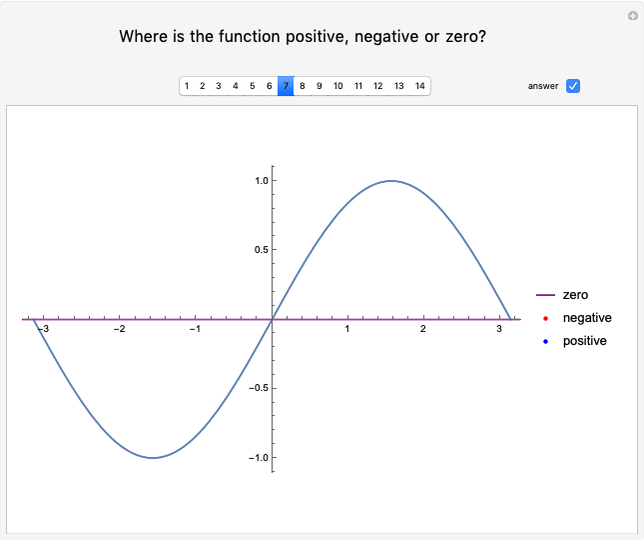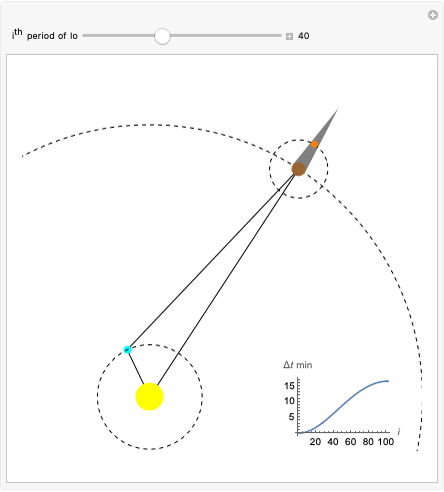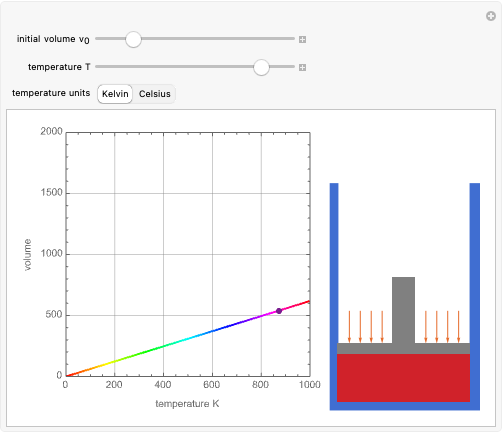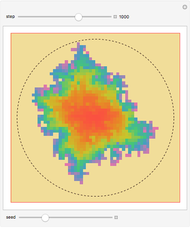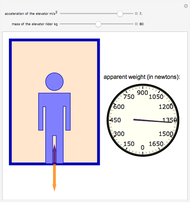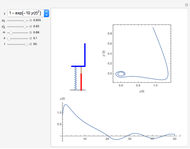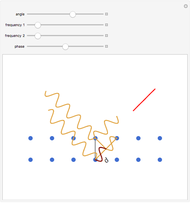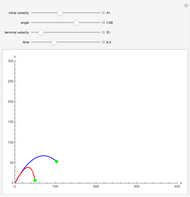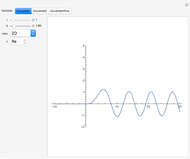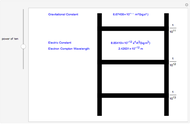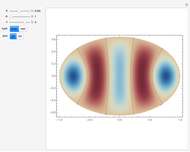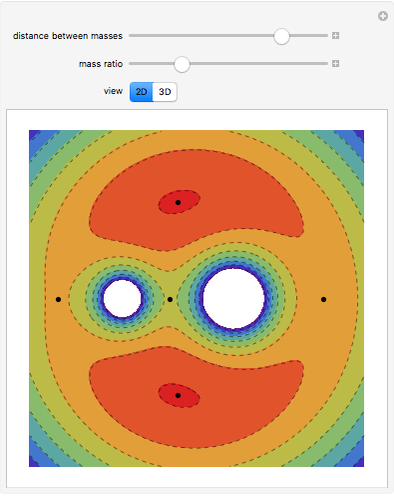The Fermi-Pasta-Ulam Experiment

Requires a Wolfram Notebook System
Interact on desktop, mobile and cloud with the free Wolfram Player or other Wolfram Language products.
The Fermi–Pasta–Ulam problem is named after the pioneering numerical experiments realized by Enrico Fermi, John Pasta, and Stanislaw Ulam in 1955 using the Los Alamos MANIAC computer. Based on the Debye theory of crystals, they considered a system of  particles of mass
particles of mass  connected by harmonic springs, but introduced a quadratic nonlinear term. They expected ergodic behavior, but to their surprise, observed recurrent behavior. The continuum limit of the model is the Korteweg–de Vries nonlinear partial differential equation.
connected by harmonic springs, but introduced a quadratic nonlinear term. They expected ergodic behavior, but to their surprise, observed recurrent behavior. The continuum limit of the model is the Korteweg–de Vries nonlinear partial differential equation.
Contributed by: Enrique Zeleny (August 2012)
Open content licensed under CC BY-NC-SA
Snapshots
Details
The equations of motion are
 ,
,
where  is the displacement of particle
is the displacement of particle  from its equilibrium position. The first factor represents Hooke's law, and the term containing
from its equilibrium position. The first factor represents Hooke's law, and the term containing  represents the nonlinear force.
represents the nonlinear force.
Reference
[1] T. Dauxois and S. Ruffo. "Fermi–Pasta–Ulam Nonlinear Lattice Oscillations." Scholarpedia, 3(8):5538. (Aug 24, 2012) www.scholarpedia.org/article/Fermi-Pasta-Ulam_nonlinear _lattice _oscillations.
Permanent Citation







